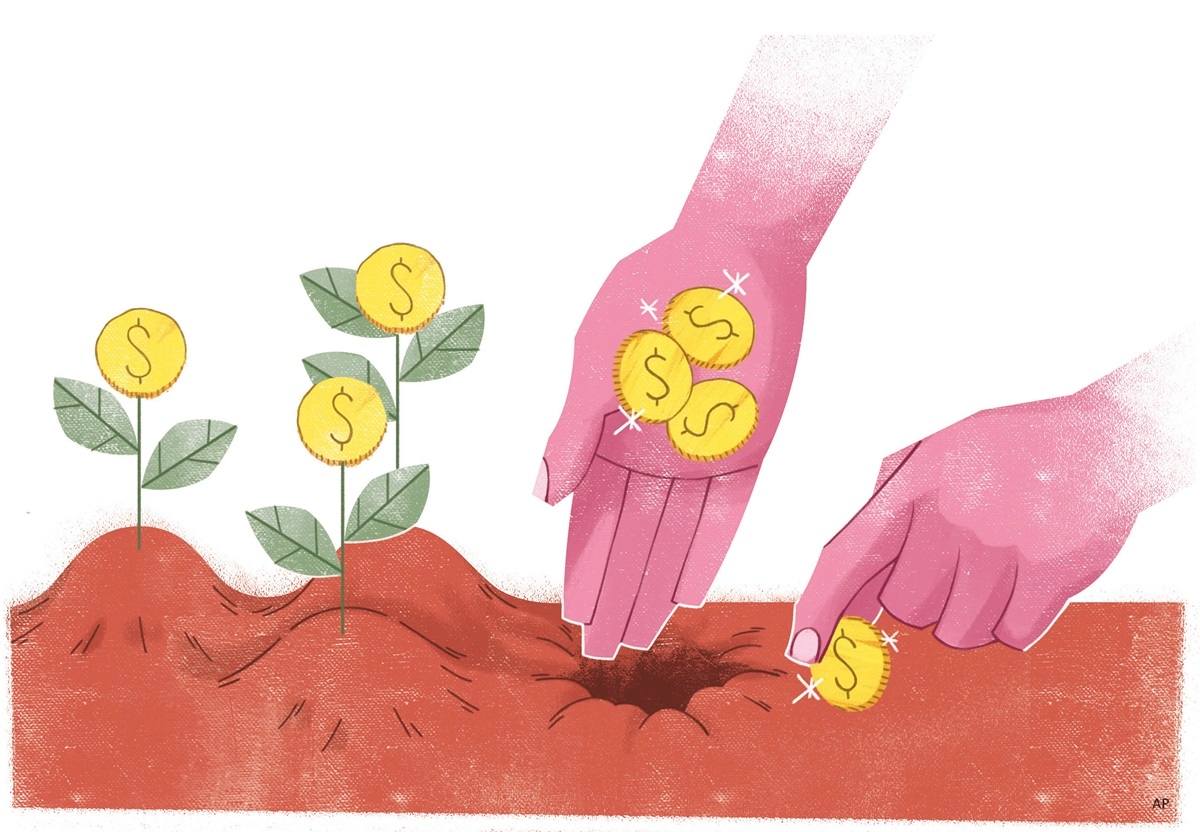This is my personal investing manifesto, written in a do's-and-don'ts format. Roughly 90% of my household's investable assets reside within 401(k) employer-sponsored retirement savings plans, individual retirement accounts, or college saving 529 plans. The remaining 10% is in a rainy-day fund, currently earning just over 2% per year in an online savings account. In amassing and managing these assets, I adhere faithfully (most of the time) to these basic principles.
Do's
1) Save. You can't invest money until you've saved money. Saving is all the more important in the context of the depressingly low expected returns we face today. The market likely won't do the heavy lifting for you over the next few years, so you will have to shoulder more of the burden.
2) Keep it simple. Don't stray from your circle of competence. It's all too easy to be lured outside your wheelhouse by friends, neighbors, or marketers. Complexity is costly and rarely yields benefits to the consumer. This applies to investment products, home appliances, you name it. The further you stray from your circle of competence, the more likely you will get lost.
3) Keep it cheap. Fees subtract directly from your investment returns. Be stingy when it comes to the price that you pay for investment products, as well as the price you pay for advice.
4) Be tax-aware. Don't give Ottawa a penny more than you have to. Look for tax-efficient investments (like exchange-traded funds), employ tax-loss-harvesting strategies, and optimize the tax location of your assets.
5) Keep a decision journal. Scribble some notes to document the reasons behind your buy and sell decisions. This will keep you honest, help you learn from your mistakes, and give you a more sober view of the underpinnings of your successes (skill or luck?).
6) Set aside some "funny money." Put aside 5% or so of your portfolio for dabbling purposes. Use it to buy that hot stock your neighbor told you about. You'll win some and you'll lose some, but most importantly, you might learn some valuable lessons and prevent yourself from doing silly things with your serious money.
Don'ts
1) Overpay. Yes, this is just restating No. 3 above, but the importance of keeping costs under control cannot be overstated.
2) Look. Try not to pay too much attention to what is going on in the markets and how they are affecting your portfolio on a day-to-day, week-to-week, or even month-to-month basis. Turn off CNBC, take a break from The Wall Street Journal, and maybe pick up a good book instead: I recommend Jack Bogle's Little Book of Common Sense Investing. This is exceedingly difficult, but tuning out short-term noise can keep you focused on your long-term goals and prevent you from tinkering with your portfolio at exactly the wrong times.



















